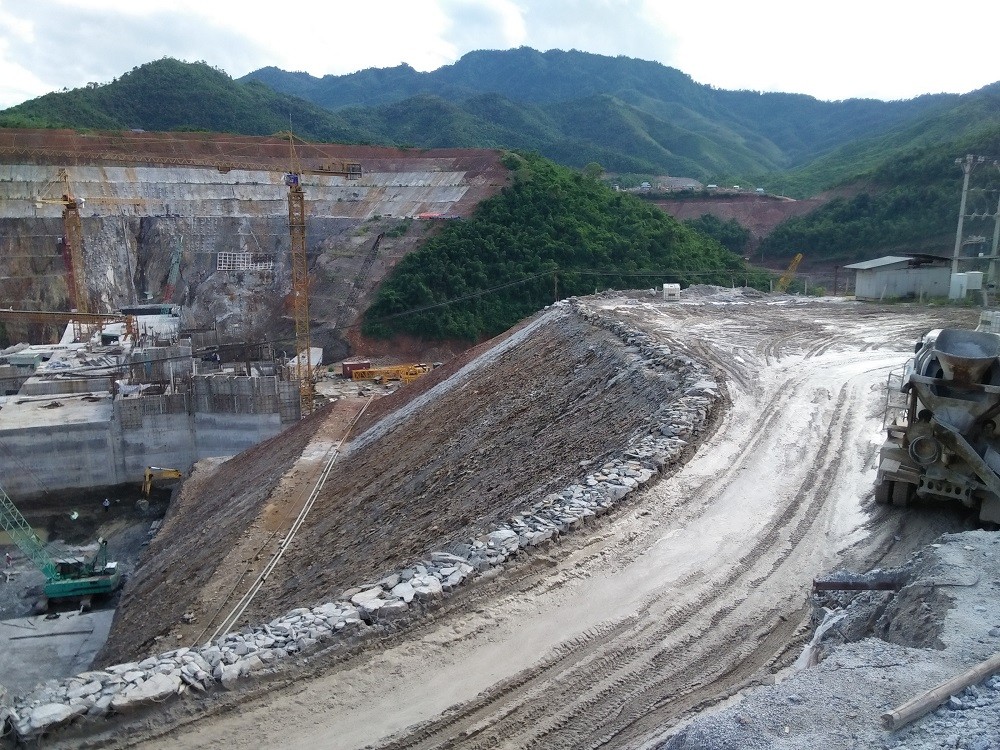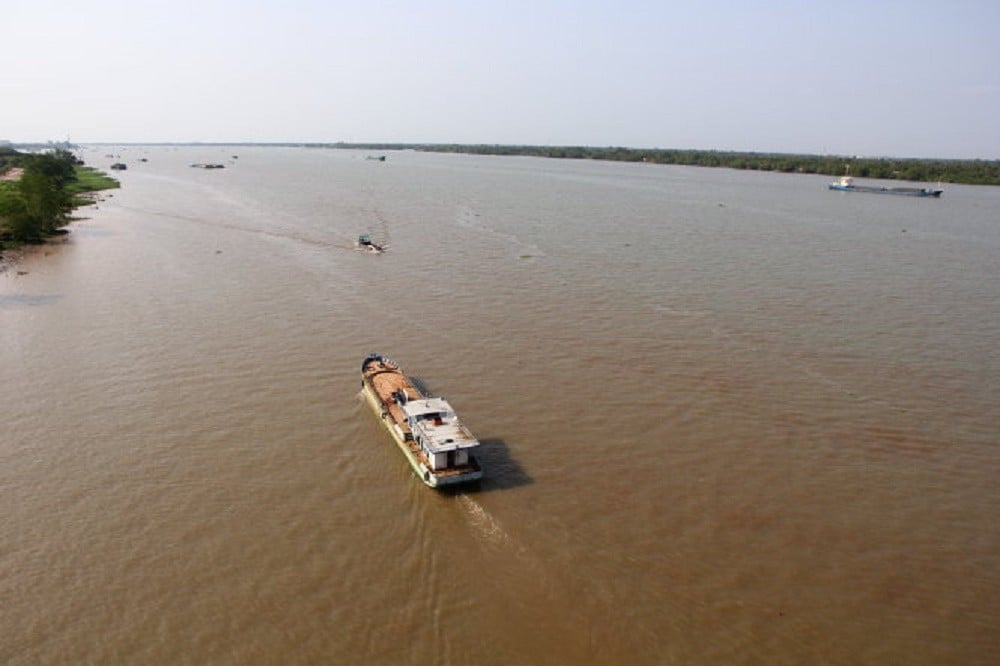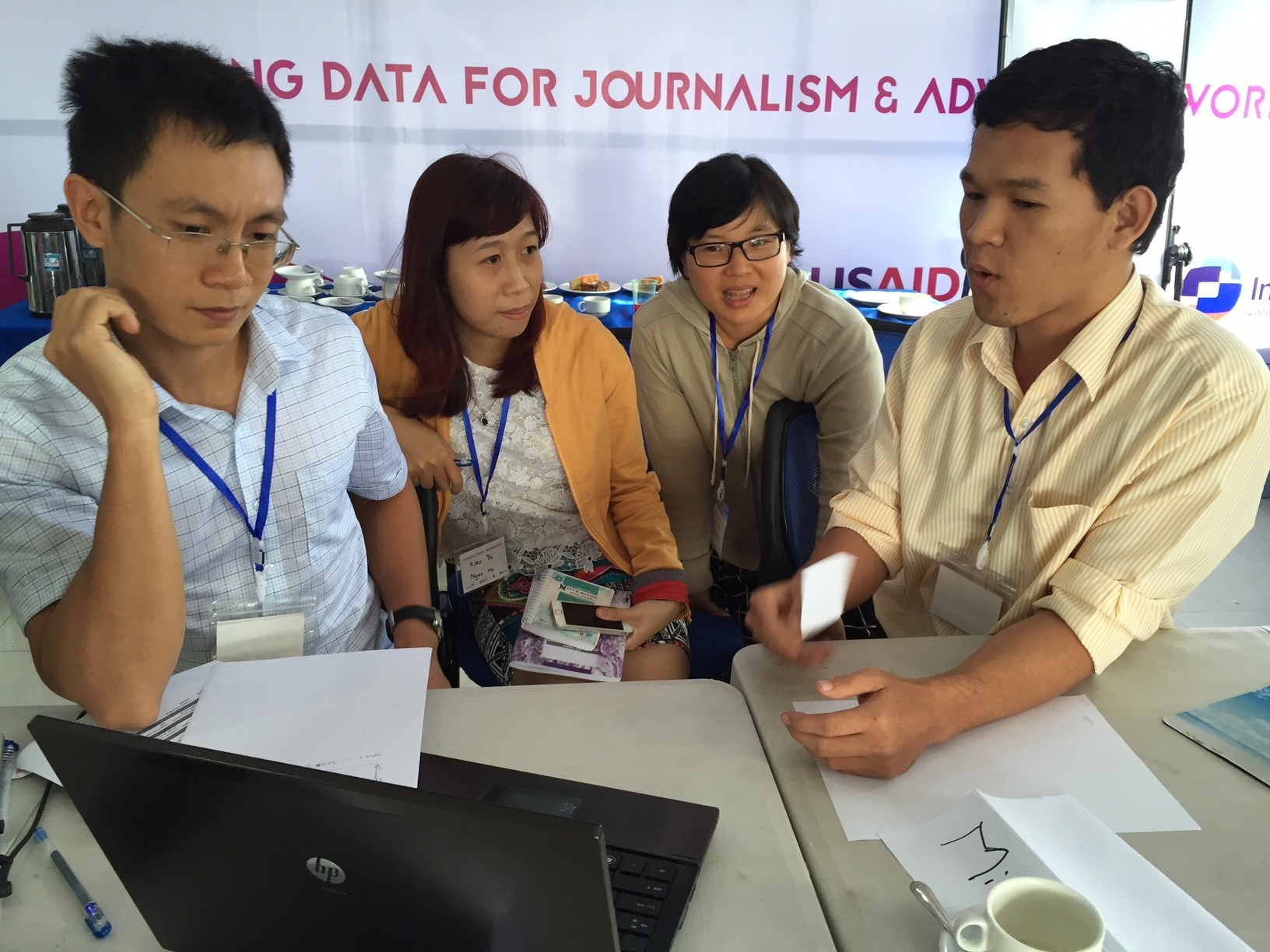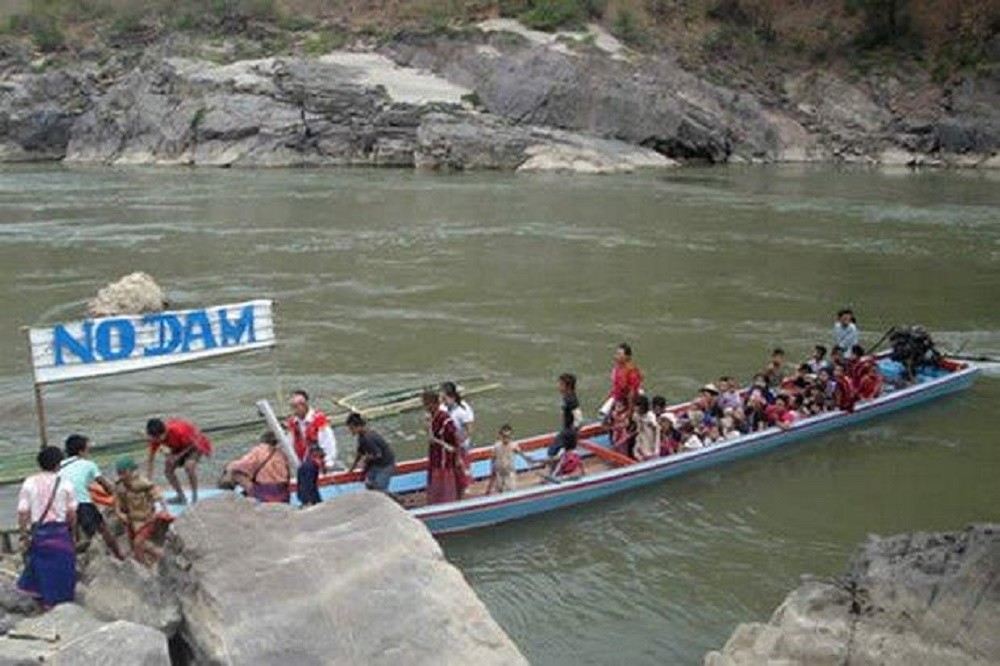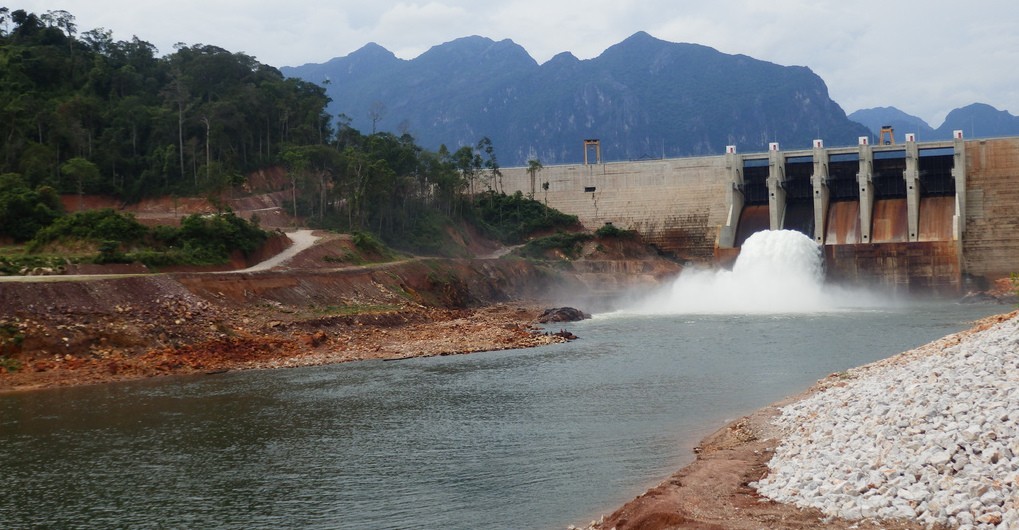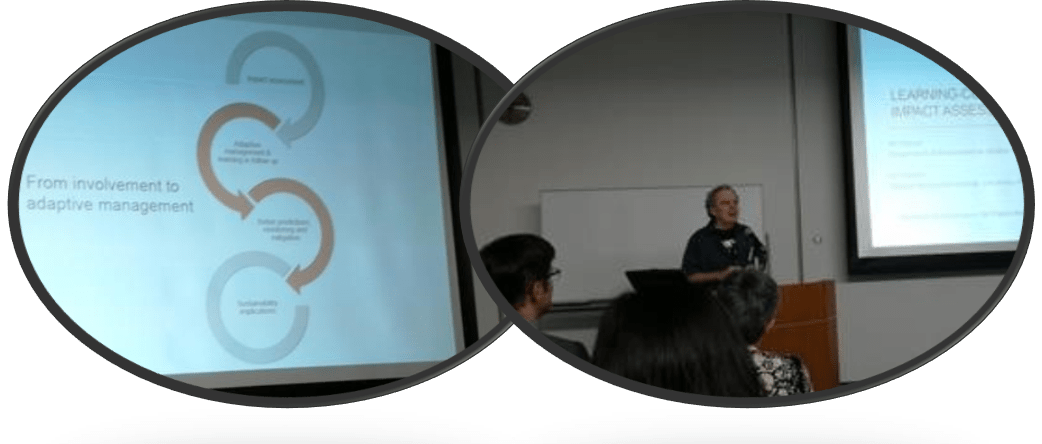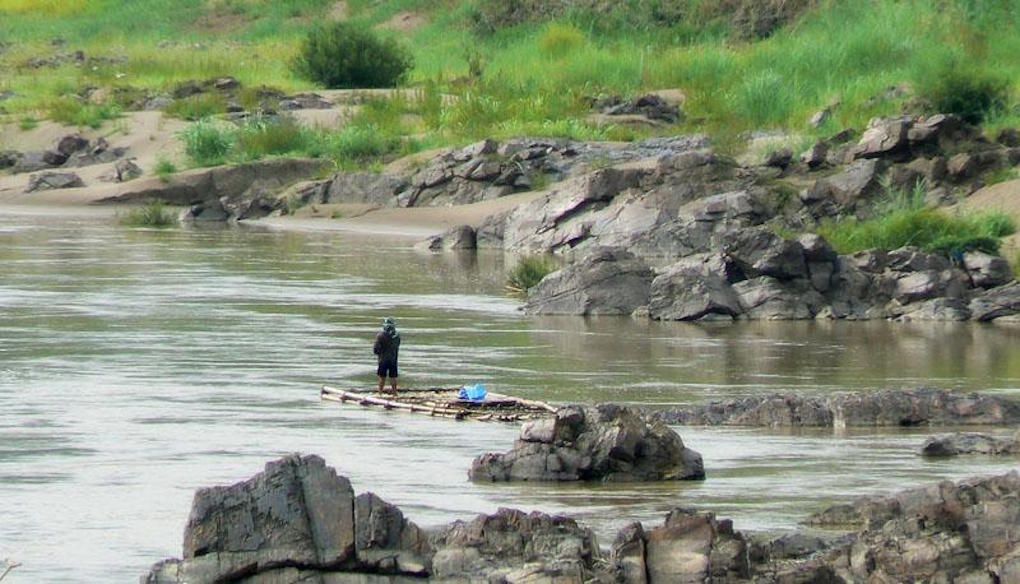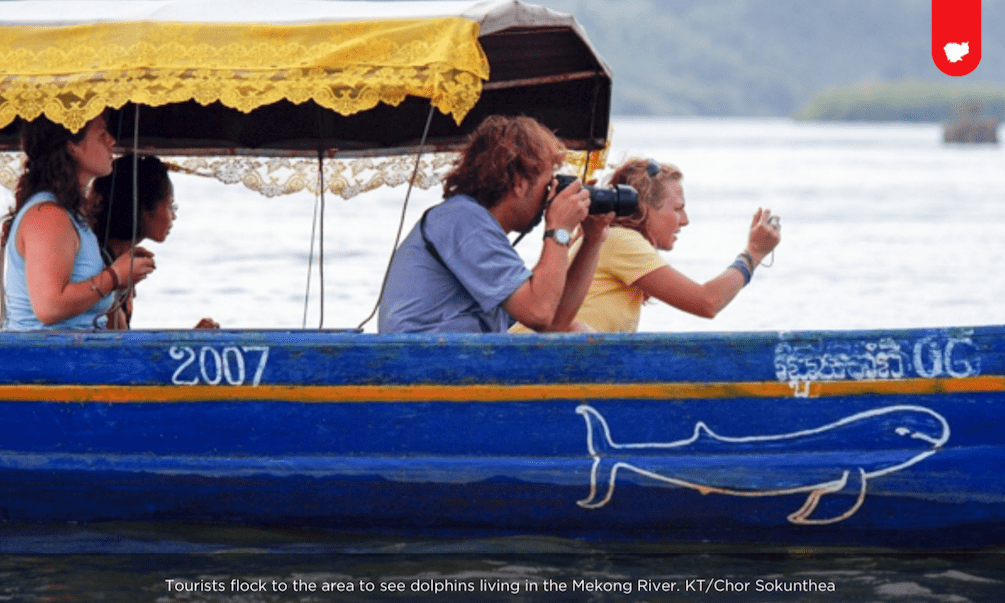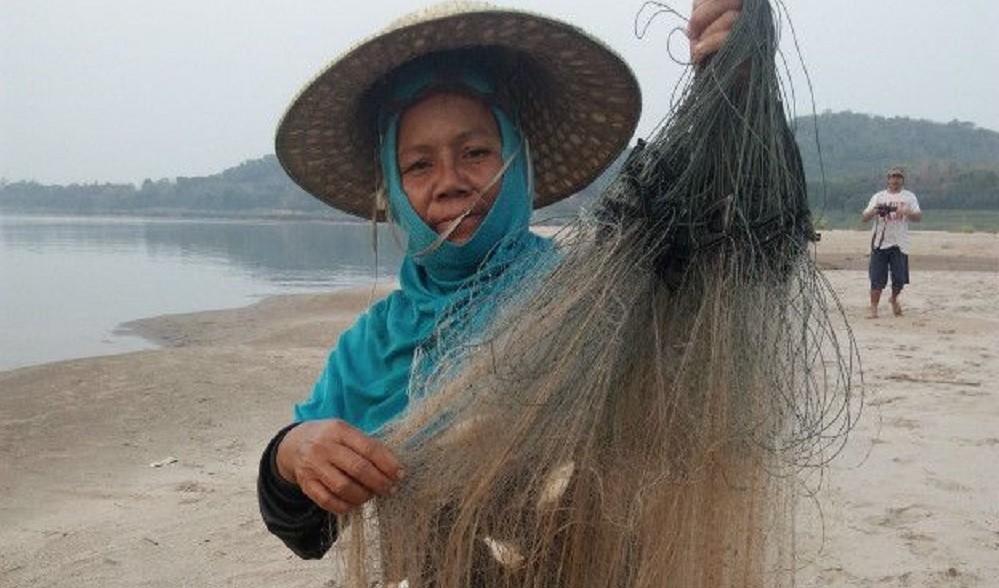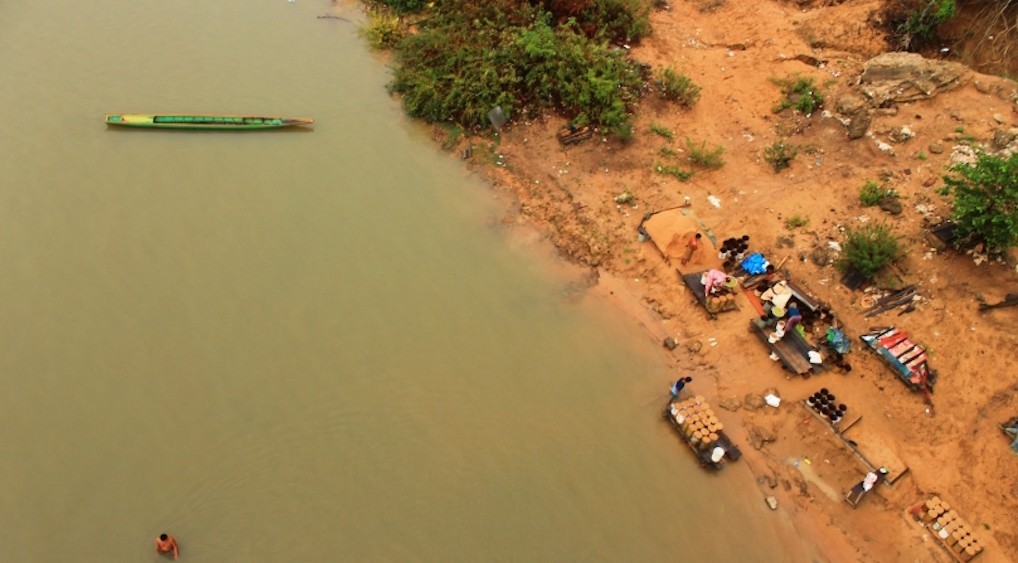Mekong Partnership for the Environment CSOs and academics share concerns over impacts of Thai transboundary investments MPE partner Thai Society of Environmental Journalists (TSEJ) held its latest public seminar examining transboundary investment on 13 June 2016. A panel of civil society and academic experts discussed issues around these investment flows in and out of […]
Category: Mekong
Along the factory-dense rivers of Vietnam’s Mekong Delta
Much as the banks of a river play a crucial role in its ecosystem and purity, what runs along two of the Mekong Delta’s major waterways is a series of non-environmentally friendly industrial plants and factories.
Dubbed the country’s rice basket, the Mekong Delta is the region in southwestern Vietnam where the Mekong River approaches and empties into the sea via a vast network of distributaries.
Of those distributaries, the main branches of the Mekong River in Vietnam are the Hau and Tien rivers, which both play a crucial role in the region’s land and climate conditions.
However, along the banks of these two rivers now exist a number of factories, processing plants and industrial parks.
Data, Development and the Environment: Regional Journalists and NGOs Take on Data Journalism
Mekong Partnership for the Environment With help from Mekong Partnership from the Environment (MPE), the Mekong region now has a new team of skilled regional journalists and NGOs who can bring evidence-based environment stories to their audiences. USAID-funded MPE and Myanmar’s Phandeeyar are training journalists and local NGOs to tell compelling stories with environmental data. At the […]
Aung San Suu Kyi visit is chance to rethink investments
This week’s visit by State Counsellor Daw Aung San Suu Kyi to Thailand appears to hold out hope for Thai state and private investors to revitalise their plans for key investments in Myanmar. Among these projects, the most prominent are the Dawei special economic zone and a cascade of hydroelectric dams on the Thanlwin River.
PDF REPORT Analysis on ADB Investments in the Greater Mekong – NGO Forum on ADB
Since 1992 the Asian Development Bank (ADB) initiated the Greater Mekong Sub-region (GMS) Program encompassing the five countries and parts of China. As of 2016, over USD 14 billion has been invested by the ADB. The GMS program is another flagship endeavor by ADB under the strategic pillar entitled “regional economic integration”. Furthermore the GMS Regional Investment Framework (RIF) 2013 – 2022 serves as the master plan for over 200 projects with an estimated investment of about USD 50 billion.1
Civil society-led impact studies on ADB funded GMS projects suggest that groups mostly dependent on natural resources bear the brunt of direct disempowerment from practices such as mining, logging, involuntary resettlement and road-building among others. Once removed from their rights of access to their customary resources, the ADB presupposes that affected communities will invariably integrate into new market-based economies. Most often than not, however this is far from the local reality.
Public Participation and Learning in Impact Assessment
Members of the Regional Technical Working Group on Environmental Impact Assessment (RTWG on EIA, facilitated by Mekong Partnership for the Environment) participated in the Annual Conference of International Association for Impact Assessment in Nagoya, Japan in May 2016. IAIA is a global conference focusing on Impact Assessment tools and issues such as EIA, Health Impact Assessment (HIA), Public Participation, Biodiversity, Climate Change, and other topics. Here, an RTWG member shares his thoughts on the event and particularly one session “Learning-Centered Approaches to Impact Assessment.”
No authority to prevent new Mekong River projects: MRC
THE MEKONG RIVER Commission (MRC) does not have the authority to stop projects even if they have transboundary effects, delegates to the fourth Green Mekong Forum said on Monday, while the Thai Irrigation Department presented a water diversion project to fight poverty.
Around 100 delegates from Mekong River countries and international observers attended the forum in Bangkok to follow the latest developments in infrastructure and water resource management in the Mekong River Region.
Don Sahong vs Dolphins: How the Dam Is Affecting Local Residents
Dam Chan handed over the food in exchange for riel as she described hearing the loud bangs of dynamite in the distance.
The 55-year-old has farmed and sold food in Preah Rumkel commune her entire life and is concerned about the future of her home now that construction on the nearby Don Sahong Hydropower Dam has started to affect the local wildlife, and subsequently the lives of those residing near the Lao border.
“Slow Death” of the Mekong Delta
Kaeng Khut Khu is a village in Loei province, Thailand. This village is located along the Mekong river and fishing is the main income of local people. But in recent years, it’s very difficult for local people go to fishing as the water levels go up and down constantly. Besides, the fish are very small now. There aren’t as many big fish as in the past.
In addition it is known that this village is also attractive for camping along the Mekong River. But now no tourists want to go there for camping as the water levels of the river could increase suddenly and cause flooding and impacts to tourism development. So now the local people of this village cannot get income from fishing and tourism. They have to find another job such as worker or seller.
Mekong dam projects ‘could destroy livelihoods, ecology’
THE ECOLOGY of the Mekong River could be destroyed within 10 years if dam projects along the river are allowed to continue, Thai and Cambodian non-government organisations have warned.
They have also warned that it will be very difficult for people to claim compensation for projects’ negative impacts on the environment and their livelihoods because it will be not difficult if not impossible to clearly link the effects to a particular dam.


